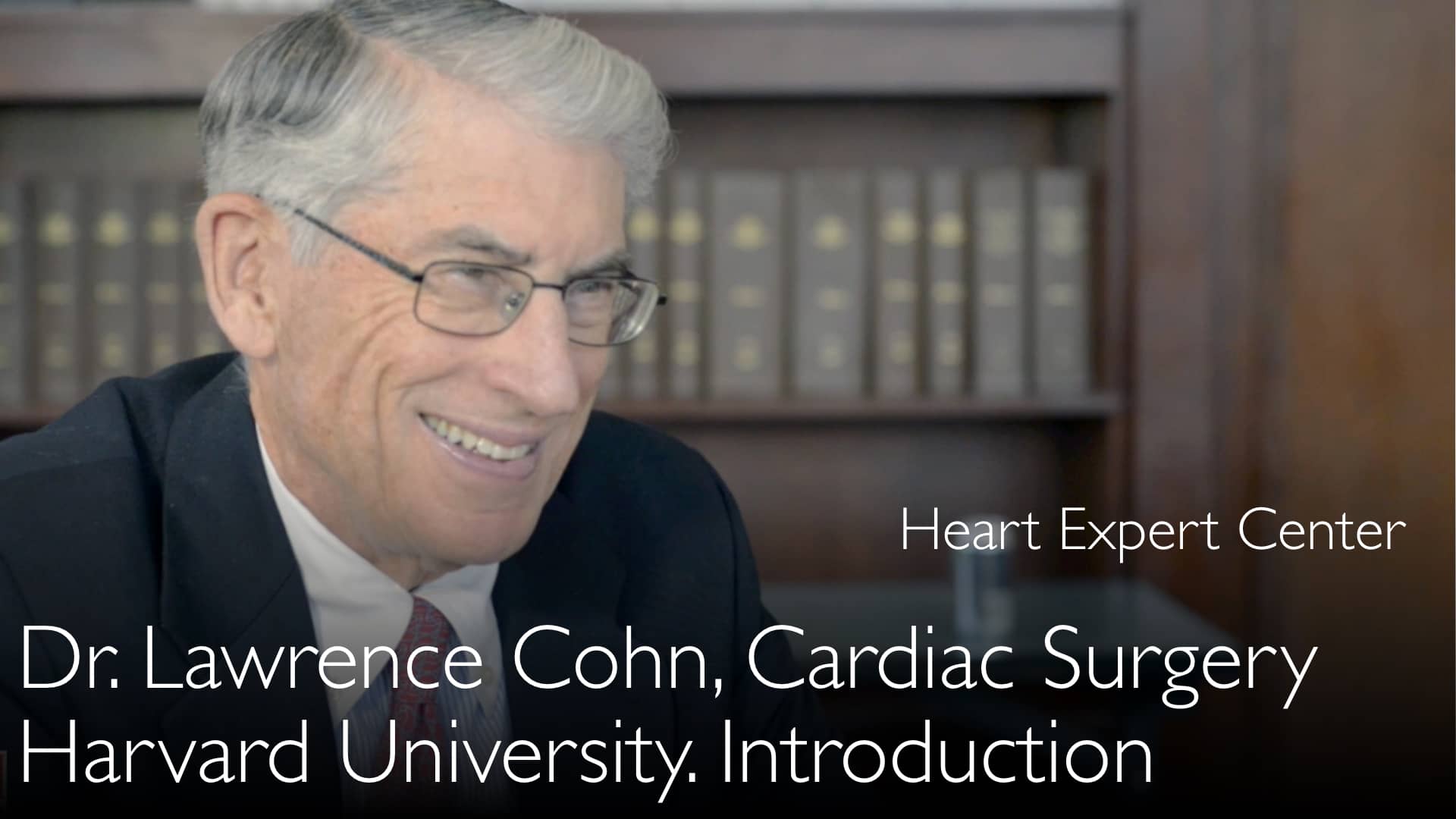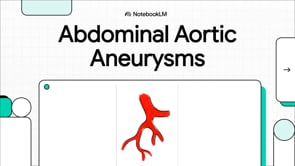Le Dr Lawrence Cohn, MD, expert de renommée mondiale en chirurgie cardiaque mini-invasive, présente la technique avancée de la foldoplastie pour la réparation de la valve mitrale. Il explique en détail comment cette approche permet d’obtenir d’excellents résultats cliniques avec des temps opératoires réduits, et souligne l’importance d’un deuxième avis médical pour confirmer le diagnostic de prolapsus valvulaire mitral et valider le plan de traitement.
Techniques avancées de réparation mini-invasive de la valve mitrale et leurs avantages
Aller à la section
- Réparation mini-invasive de la valve mitrale
- Problèmes courants de prolapsus de la valve mitrale
- Technique classique de réparation de la valve mitrale
- Technique de réparation par foldoplastie de la valve mitrale
- Avantages de la technique de foldoplastie
- Deuxième avis pour une maladie de la valve mitrale
Réparation mini-invasive de la valve mitrale
La réparation mini-invasive de la valve mitrale est une intervention chirurgicale sûre et très efficace. Comme l’explique le Dr Lawrence Cohn, MD, pionnier dans ce domaine, cette approche offre des résultats équivalents à la chirurgie ouverte traditionnelle. Son principal avantage est une récupération nettement plus rapide. Entre les mains d’un chirurgien cardiaque expérimenté, cette technique n’entraîne pas de complications supplémentaires.
Problèmes courants de prolapsus de la valve mitrale
Le problème le plus fréquent nécessitant une réparation de la valve mitrale est le prolapsus du feuillet postérieur. Il s’agit souvent d’une affection génétique, où les patients présentent une faiblesse intrinsèque du tissu valvulaire mitral. Le Dr Lawrence Cohn, MD, décrit comment les cordages rattachant le feuillet aux muscles papillaires du cœur peuvent se rompre. La partie médiane du feuillet postérieur devient alors lâche, flasque, et finit par fuir, provoquant un reflux sanguin dans le ventricule, une condition appelée régurgitation mitrale.
Technique classique de réparation de la valve mitrale
L’intervention chirurgicale classique consiste à réséquer, c’est-à-dire à exciser, la partie endommagée du feuillet valvulaire mitral. Les deux bords restants sont ensuite soigneusement suturés. Le Dr Lawrence Cohn, MD, précise qu’un anneau de renforcement, appelé anneau d’annuloplastie, est systématiquement placé chez tous les patients pour consolider l’ensemble de l’appareil valvulaire mitral et prévenir une dilatation future. Cette méthode traditionnelle bénéficie d’une longue et solide histoire de succès.
Technique de réparation par foldoplastie de la valve mitrale
Le Dr Lawrence Cohn, MD, privilégie désormais une technique avancée appelée foldoplastie. Au lieu de retirer du tissu, le chirurgien replie la zone de prolapsus et de fuite du feuillet postérieur sur elle-même. Ce segment replié est ensuite suturé à la face inférieure de l’anneau mitral. Un anneau est toujours posé pour assurer un soutien structurel. Cette méthode innovante, sur laquelle le Dr Cohn a publié, fait partie d’un algorithme chirurgical utilisé avec succès dans plus de 90 % de ses interventions sur la valve mitrale.
Avantages de la technique de foldoplastie
La technique de foldoplastie présente des avantages marqués pour la réparation de la valve mitrale. L’un des principaux bénéfices est une durée opératoire bien plus courte qu’avec la technique de résection classique. Malgré ce gain de temps, le Dr Lawrence Cohn, MD, souligne que les résultats pour les patients sont identiques, avec une réparation durable et efficace de la régurgitation mitrale. Cette efficacité peut contribuer à renforcer la sécurité globale du patient.
Deuxième avis pour une maladie de la valve mitrale
Obtenir un deuxième avis est une étape cruciale pour tout patient diagnostiqué avec une maladie de la valve mitrale. Comme l’évoque le Dr Anton Titov, MD, un deuxième avis permet de confirmer l’exactitude et l’exhaustivité du diagnostic initial de prolapsus valvulaire mitral. Il garantit également que le plan de traitement choisi, qu’il s’agisse d’une réparation mini-invasive ou d’une autre approche, est la meilleure option personnalisée. Ce processus offre aux patients et à leurs proches une confiance accrue dans leur parcours de soins.
Transcription complète
Dr. Lawrence Cohn, MD: La réparation de la valve mitrale par chirurgie mini-invasive est sûre et efficace. Elle est comparable à la chirurgie valvulaire cardiaque par incision standard.
Un chirurgien cardiaque de renom, pionnier de la chirurgie valvulaire mini-invasive, décrit une méthode efficace d’intervention sur la valve mitrale. La chirurgie de réparation mini-invasive accélère la convalescence du patient.
Entre des mains expérimentées, elle n’entraîne pas de complications supplémentaires. Le Dr Lawrence H. Cohn préconise la technique de la foldoplastie. Cette méthode de réparation valvulaire, publiée et reconnue, est bien connue des chirurgiens.
Un deuxième avis confirme l’exactitude et l’exhaustivité du diagnostic de prolapsus valvulaire mitral. Il aide à choisir le traitement optimal pour la régurgitation mitrale. Sollicitez un deuxième avis pour votre maladie valvulaire mitrale et soyez assuré que votre traitement est le meilleur possible.
Dr. Anton Titov, MD: Je comprends que vous utilisez un algorithme spécifique pour sélectionner la technique de réparation de la valve mitrale. Cet algorithme s’applique avec succès dans plus de 90 % de vos interventions.
Quelles sont les techniques que vous employez dans votre pratique chirurgicale pour la réparation valvulaire mitrale ?
Dr. Lawrence Cohn, MD: Le problème le plus fréquent chez les patients présentant un prolapsus valvulaire mitral concerne le feuillet postérieur. Les cordages rattachant le feuillet mitral aux muscles papillaires se rompent parfois.
Souvent, la partie médiane du feuillet postérieur devient lâche et flasque, entraînant une fuite. Le prolapsus valvulaire mitral est une maladie génétique.
Les patients ont une prédisposition génétique à la faiblesse du tissu valvulaire mitral. Nous pratiquions classiquement une résection de la section endommagée de la valve.
Puis nous suturions les deux bords du feuillet ensemble. Tous les patients recevaient un anneau de renforcement valvulaire.
Récemment, nous avons adopté une technique appelée foldoplastie. Nous replions la zone défaillante du feuillet postérieur, responsable du reflux sanguin vers le ventricule.
Nous posons un anneau à l’intérieur de la valve cardiaque pour la consolider, et suturons le feuillet à la face inférieure de l’anneau mitral. Cette intervention est beaucoup plus rapide que la technique classique.
Les résultats pour les patients sont identiques à ceux de l’opération traditionnelle.
Dr. Anton Titov, MD: Les chirurgiens cardiaques peuvent-ils se référer à des publications concernant cette nouvelle technique de foldoplastie ?
Dr. Lawrence Cohn, MD: Oui, ces travaux ont été publiés.






